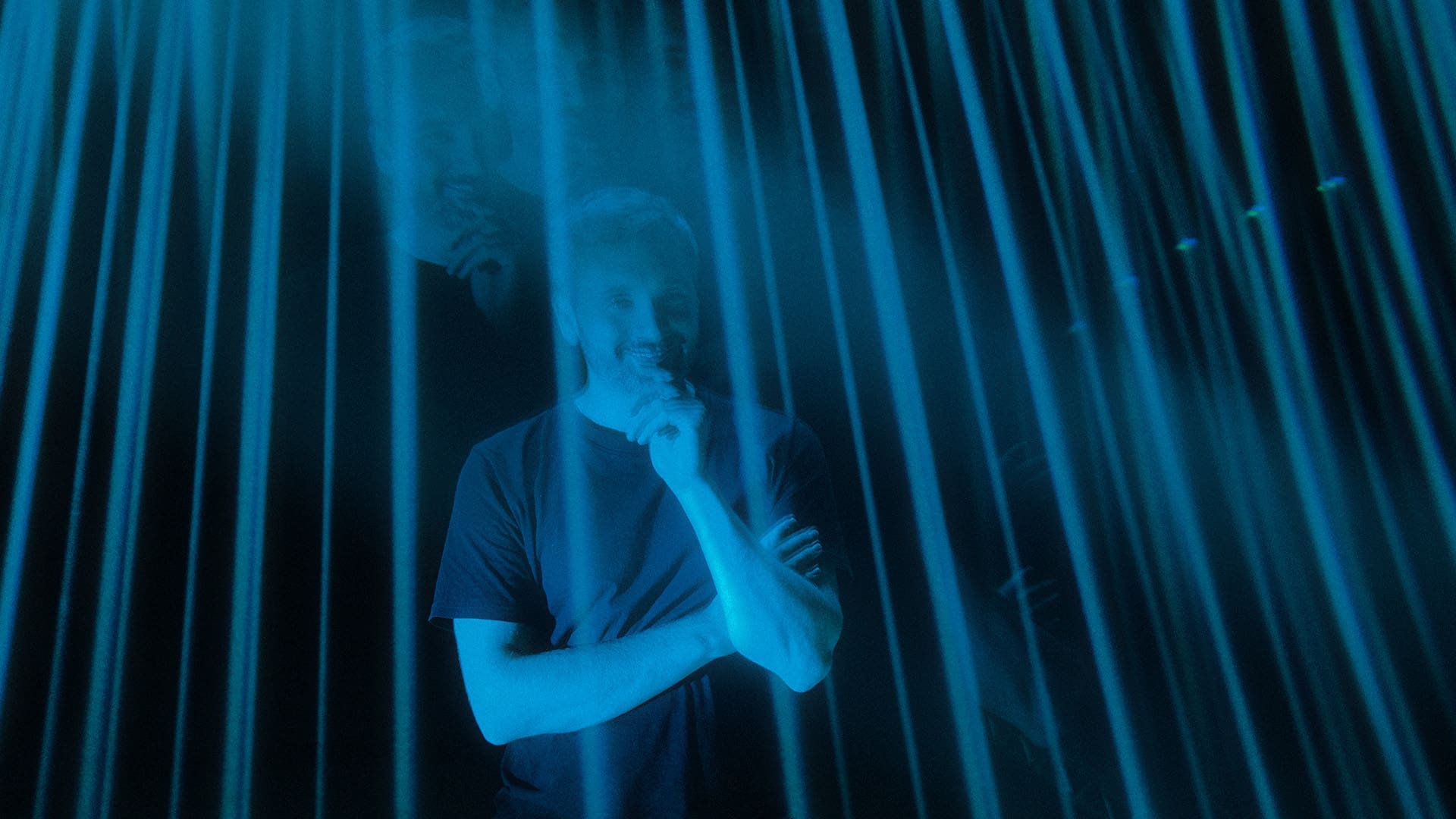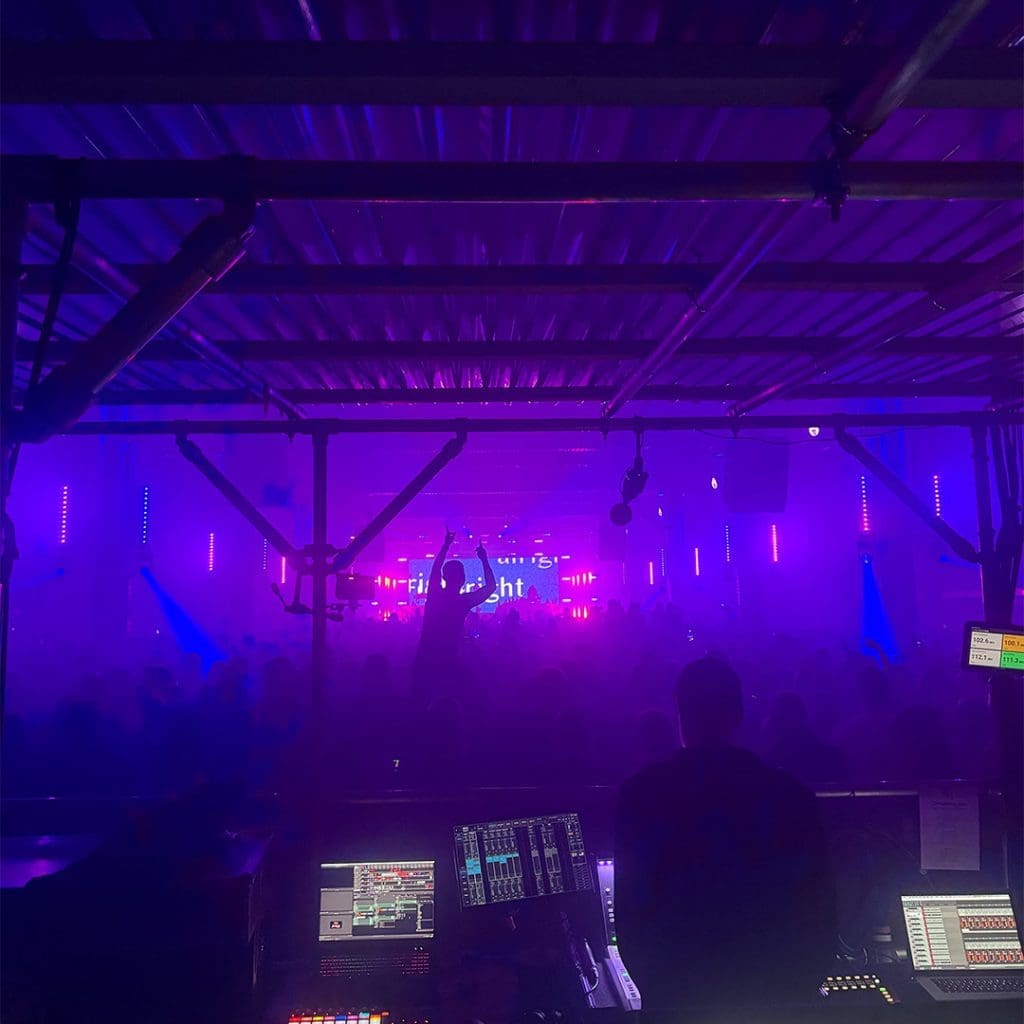
Over the last couple of years, I’ve had the pleasure of getting up close and personal with many of our clients, giving me a helicopter view of the challenges they face.
At the top of that pile of challenges are two opposing forces that when combined, create a common dilemma: how do you balance the increasing cost of production with the increasing expectations of audiences/guests?
I’ve seen a few options during 2024:
Option 1 – trigger a “race to the bottom”
Option 2 – compromise
Option 3 – strategic imagination (yes, I’ve made that up, but hear me out…)
Option 1 – trigger a race to the bottom
One way I’ve seen others tackle it is to demand ‘more for less’ from production companies. I believe that’s a recipe for disaster and triggers a race to the bottom – ie, who will devalue the equipment or crew and do the whole thing for less than it costs? It might work in the short term, but we all know how this story ends, and it’s not pretty for anyone.
The question that should always get asked here is where are the corners being cut? As when this happens, they always get cut somewhere, and audiences or clients will notice, whether consciously or not. It also puts productions at risk of being let down or not having the appropriate backing and support when it’s needed most.
Play this option out over a few months or a year, and at best, you end up with a worse product, unhappy suppliers and clients, and a weaker industry to be a part of. At worst, you end up with individuals ill, injured, or suffering from poor mental health because they’ve been stretched too thin.
I’m immensely grateful we haven’t had any clients who chase this option yet, but it’s one I have seen from a distance every so often, and it concerns me.
Option 2 – compromise
Another option I’ve seen has been compromise. Do what on the surface sounds like a rational, sensible thing to do – cut everything by a fixed percentage. Ie, take what was originally there but can’t afford anymore, and, for example, use 25% fewer lights (by the way, 25% less lights never translates to 25% in savings).
This option is one I regularly see happen by accident, usually when there are big ambitions but a lack of a producer, strategy, or boundaries. This usually sets everyone off on their own paths, developing big ideas and impressive-looking productions. Fast forward to when it’s been designed and quoted, and you may have tackled 50% of the dilemma; it will exceed audience expectations. (It’s not hard to design something that blows people away – you should see what we come up with when there are no boundaries!). The problem is the other 50% of the dilemma; you probably can’t afford it.
It’s either that, or you’ve got a design that has been quoted, but no one has budgeted some other costs or considered how expensive it might be to reproduce in a different territory.
In my experience, this is the worst place to be, as it’s when things get watered down, the integrity of the design is lost, or the visual language is stripped away – and what was once an amazing production quickly becomes an average one. Everything gets squeezed or cut, quite often to the point it’s no longer recognisable.
And the result? You’ve got something that ticks a few boxes on both sides of the dilemma, but isn’t exceeding anyone’s expectations, and is probably still costing a lot of money. Maybe it’s win-win, but to me, it’s usually lose-lose, and a very forgettable experience for everyone involved gets rolled out.
Option 3 – strategic imagination
When I look at the productions we have been a part of that have made the biggest impact over the years (both ones we can and can’t talk about), they all have what I call “strategic imagination”, along with a few other key factors.
They feature a blend of long-term planning, context, boundaries, and trust to deliver the most valuable results, and vitally, they’re considered holistically with all stakeholders from the start. Those who take this direction are usually experts at providing context, outlining the results they want to see, and then trusting companies like us to guide them on how to get there. This gives people the space to unleash their imaginations within the boundaries and strategy of a much bigger picture.
When we have this, we’ll quite often find ourselves reigning in some parts of a production, while pushing the possibilities of others. It’s about pulling the right levers to achieve the most valuable results, and taking the helicopter view of how every decision along the way pushes and pulls on other resources, keeping the balance of costs vs expectations.
I’ll often know when we’ve found this sweet spot, as it triggers a flood of internal questions, ranging from “shall we cut video from the production completely and double down on lighting?” to “this will look great on tour but is it going to work across festival season?”, “are we going to have to resize content every time there’s a different screen?”, “will we get a consistent production everywhere we need to go?”.
It will also trigger deeper conversations with our clients about whether a production is there to be noticed and establish itself as an unmissable experience, and therefore we can throw the kitchen sink at it, or if this show is about executing well but making money.
Not to mention, it gives clients a sustainable production that has its own visual language and identity.
It’s a nuanced and constantly evolving solution, but one that is well-considered and when done correctly, pays huge dividends to clients – as it redresses the increasingly fine balance between audience expectations and how much the production costs.
Solving the dilemma
Do more boundaries result in less imaginative productions?
I’m a long-term believer in the immense capacity for imagination in our industry, and the power and influence production can have on live events and shows. What I am only just learning is how much more powerful that imagination can be when it has more boundaries, not less. This is why I make the case for more strategic imagination as a way to deliver exceptional productions, without it costing the earth.
At Zeal, we’ve taken an unusual approach of combining design, visual art, production, and rental teams under one roof, and in doing so, it has given us a unique perspective to support a wide range of clients and partners in navigating an increasingly complex world of production possibilities. From being able to recommend where to put their resources, to what products they should look at using (which is a full time job to stay on top of in itself), and how to create the most valuable productions within any boundaries whilst getting the desired results.
Our expertise and broad awareness in designing, building, and renting out lighting and visual equipment on productions is one of our primary strengths, enabling us to partner with artists, managers, agencies, production companies, creative directors, and designers in delivering world-leading productions, extracting the most valuable parts of a project, and doing so whilst making everyone’s lives easier.





